Over this series of worksheets, we will explore the anatomy and structures of these unique creatures. We will also present the basic concepts that build us to evolve to plant and animal species. We will look at their habitat and discover new names for packs of animals and flora regions. Students will learn how to determine the ecosystem that a species belongs to as well as the water and nutrition requirements for various plants and animals. We will also look at the most fundamental differences between living and nonliving. We find a wide variety of creatures featured here including hydra, protozoan, monerans, and we introduce energy flows through ecosystems.
Print Characteristics of Living Things Worksheets
Click the buttons to print each worksheet and associated answer key.

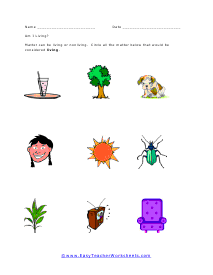
Living or Nonliving
Matter can be living or nonliving. Circle all the matter below that would be considered living.
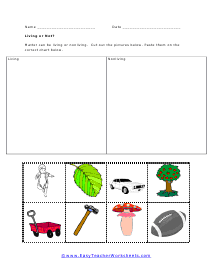
Living or Not
Matter can be living or nonliving. Cut out the pictures below. Paste them on the correct chart below.

Protozoan Diagram
Provide the labels for the parts of the amoeba on the diagram below. Describe the purpose or function of each structure labeled.

Hydra
A hydra is drawn to the right. Provide the labels for the parts of the hydra and provide the purpose or function of each part on the blank lines below.

Monerans Quiz
Put the correct answer to the questions in the blanks using the words from the list below.


The Animal Chart
Complete the missing parts of the chart below. You will name animals, indicate how they reproduce, describe how they move and use their senses.
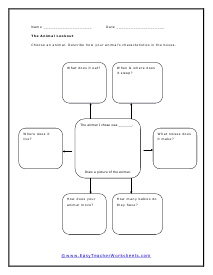

Living in the Pond
Take a look at various pond water samples. See if you can find any living organisms. Draw a picture and write a brief description of any living things you find.
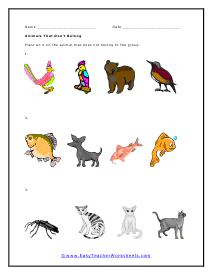
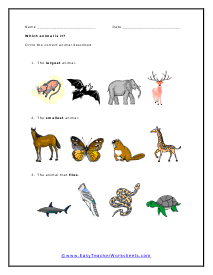
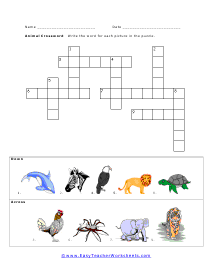
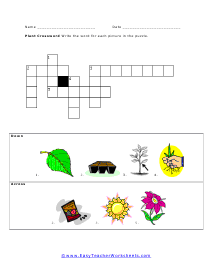
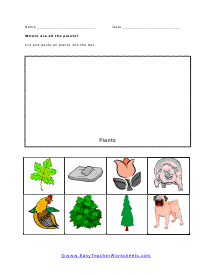
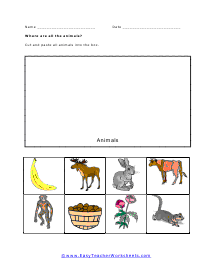
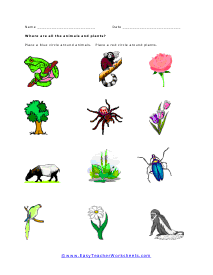
What are the Characteristics of Living Things?
Generally, scientists will classify something as living or nonliving based on their ability to perform unique processes. To some extent a living thing will be able to demonstrate all of these abilities. If something is classified as nonliving it will lack the ability to perform at least one of these processes.
Growth
From the moment these creatures come into the world they will be able to grow in size and even reproduce smaller parts of their body along the way. In order to grow organisms, need to take in materials from their environment and arrange it in such a way to use energy for growth.
Responsiveness
All living things must be able to detect and react to changes in their neighboring environment. They must have a method to receive and process information about the surroundings. In humans, we refer to this as our sense. This allows them to move away from danger and sense safe surroundings.
Movement
All living things move in some manner. The obvious form is having the ability to walk, but some organisms will exhibit phototropism which means it will extent itself towards light. Many complex organisms need to have the ability to react to changes in their environment in order to carry on their life processes. For example, an animal may need to move towards an area that has more available food than their current environment. As climate changes occur, this becomes a vital part of continuing on.
Nutrition
Organisms will need to take in nutrients to use to support life functions. Organisms perform this action in many different ways. Some will eat food others, such as plants and algae, will make their own by using photosynthesis.
Respiration
This is a chemical reaction that releases usable energy from nutrients that are taken up by their environment or internal body chemistry. This takes place in their cells and is a biochemical process that combines glucose with oxygen to releases energy in the form of ATP (Adenosine triphosphate) which can be used to power cellular activities.
Excretion
As part of come metabolic activities a great deal of waste products is formed. A living thing uses the process of excretion to expel this waste outside of the cells. It also be used to expel excess liquids and gases from the organism.
Reproduction
In order to maintain the continuation of the species organisms will need to reproduce themselves and pass their genetic information to their offspring. They can reproduce sexually which requires two parents and results in an offspring that shares half of their genetic information. Certain organisms reproduce asexually which involves only one parent and results in an exact copy of that parent.
Non-living Things
They do not possess life. They lack the ability to perform all of the fundamental process that we have discussed. They do not take part in any metabolic activities. They often do not a definite or fixed size of their own. They take the form of what they are contained in. Non-living things will sometimes experience growth through a process known as accretion. This occurs by naturally accumulating outside material that surrounds it.
The world has changed a great deal from once it was created. About eighty percent of the original forest land has either been cleared or obliterated due to human activity. This action has caused near one million animal species to be on the bubble for possible extinction. Almost ninety percent of the foods we eat come from just thirty different plant species. Human primarily use six primary animals for nutrition (cows, pigs, chickens, turkeys, sheep, and fish). Although fish is a much larger category that should be explored. We have so much to learn that we have yet to explore. We have only tapped one percent of the world's rainforest for medicinal human use. About a dozen commonly used medicines were discovered in the tropical rainforest. Jungles across the world are where most of these walks of life will be forced to intermingle with one another. Cool thing about jungles, they let a lot more light in then do rainforest areas. Due to this, plants grow thick and provide a great food source for a wide variety of animals. More than half of the world's population of animals and plants live in a jungle. Most jungles are found near the equator.


